Following from the May 2024 open IAA call across the arts and humanities, and engineering and physical sciences IAAs, 14 projects were funded to a total value of ~£230,000 (with £49,500 of cash match leveraged from partners). In total, there were 31 proposals submitted (45% success rate). Thank you to those who took the time to submit proposals. We have provided detailed feedback to those were unsuccessful and hope that projects can be adjusted or scaled down for other funds of future IAA calls. 12 of the projects are provided below (2 awaiting agreement from the external partners).
.jpeg)
Walking for Wellbeing: Accelerating Cultural, Creative and Environmental Enrichment in Morecambe Bay (Simon Bainbridge, English and Creative Writing)
A new project, "Walking for Wellbeing: Accelerating Cultural, Creative and Environmental Enrichment in Morecambe Bay," has received funding to promote mental health and cultural appreciation through interactive walks. Drawing inspiration from William Wordsworth’s writings, the initiative will connect participants with the natural and human history of Morecambe Bay while fostering creativity.
Three themed walks and associated activities, including creative workshops, filmmaking, and radio broadcasts, will engage the community and highlight the area's cultural richness. Key partners include the Wordsworth Trust, Trek Therapy, The Bay: A Blueprint for Recovery, Mosaic Outdoors, Furness Refugee Support, and CanDoFM.
This collaborative effort aims to create a network of organizations dedicated to promoting the cultural and wellbeing benefits of walking. The project will culminate in a community exhibition at the Wordsworth Museum, the publication of creative works, and a film showcase at Kendal Mountain Festival, ensuring a broad and inclusive impact on the Morecambe Bay community.
Embedding and Resituating the V&A Learning R&D Framework (Roger Witham, Lancaster Institute for Contemporary Arts)
Over the past five years, design researchers from ImaginationLancaster have worked with over 50 staff members from the V&A Museum Learning and National Programmes team to create the V&A Learning R&D Framework. This framework, which includes bespoke ideas, methods, and practices from museum pedagogy, design, and research, aims to help organizations understand their audiences, prototype and test ideas, and scale their work effectively. The collaboration has led to a transformative mindset shift within the V&A Learning team, resulting in increased size and funding, including a $10 million award from the Adobe Foundation.
Building on this success, the new project seeks to further embed the R&D Framework within the V&A, extend its application to regional museums across the UK, and adapt it for use by government to foster innovative practices. This initiative aims to enhance resilience and adaptability in cultural institutions, driving significant impact and creating new pathways for future collaborative projects.
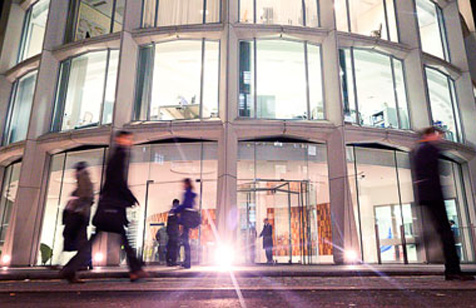
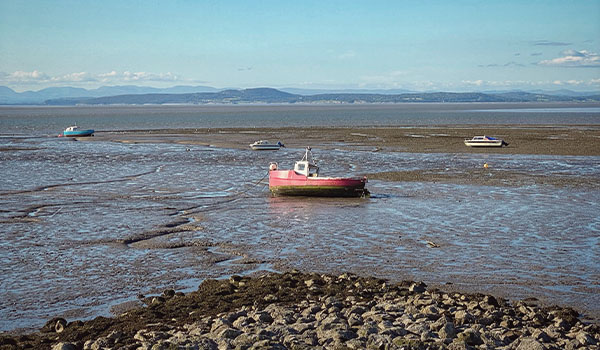
Narratives of Changing Times: the Morecambe Bay Audio Archive (Nicola Thomas, Languages & Cultures)
The "Narratives of Changing Times: the Morecambe Bay Audio Archive" project will create a Creative Commons-licensed audio archive capturing personal stories from the Morecambe Bay area. Building on previous research into environmental time narratives, this archive will feature 25-30 recordings that explore how local communities perceive and experience time, rhythm, and environmental changes. By integrating these narratives into Eden Morecambe Bay's curatorial development, the project aims to enhance understanding of the interplay between human and natural rhythms, providing a valuable resource for environmental education and public engagement. The recordings will be available online, supporting further research and creative uses.
Seaside Play: Creativity for Building Social and Environmental Connection (Jo Carruthers, English and Creative Writing)
The "Seaside Play: Creativity for Building Social and Environmental Connection" project aims to enhance community engagement through creative activities centred on seaside themes. Collaborating with Lancaster Maritime Museum, Overton St Mary’s Primary School, and Creative Writing researchers and practitioners, the project will involve schoolchildren and the broader Morecambe community in exploring and reflecting on seaside play through past, present, and future perspectives. Activities include interviews using historical photos, beach poetry workshops, and imaginative writing sessions. The project's goal is to foster cross-generational and cross-community connections while promoting environmental awareness, harnessing playfulness for creative engagements with coastal environments and communities.
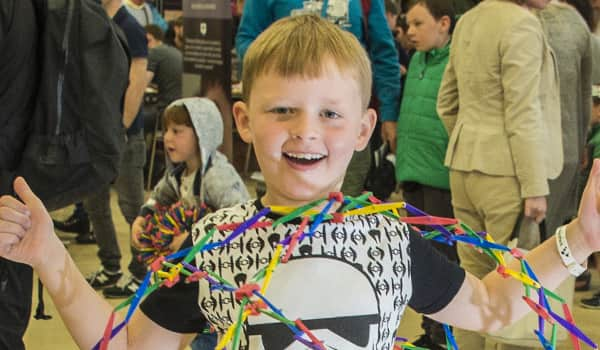
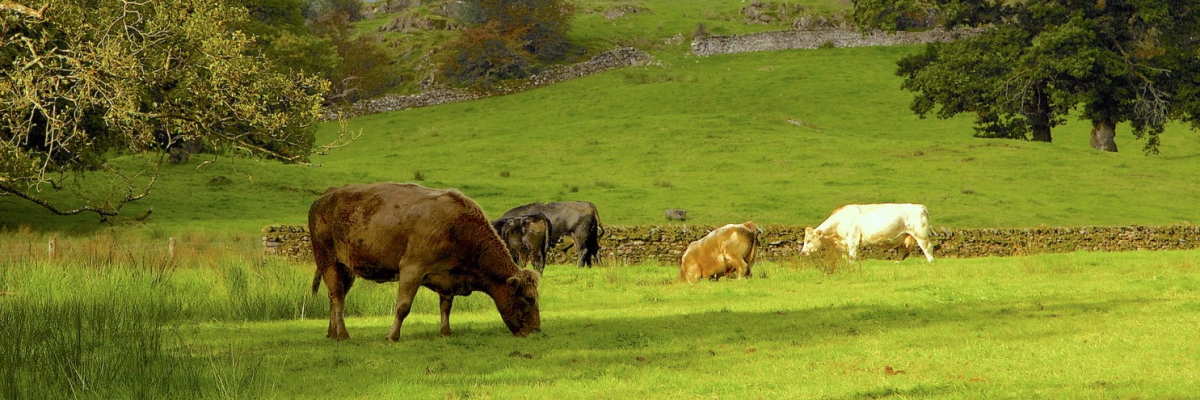
Landscape Change and Conservation with MapReader (Katherine McDonough, History)
The "Landscape Change and Conservation with MapReader" (LCCM) project is set to transform the preservation of the UK’s National Parks by re-discovering the lost habitats of historic landscapes to inform nature recovery now and in the future. This initiative will celebrate the 75th anniversary of National Parks and the Access to the Countryside Act by employing the cutting-edge MapReader software to analyse Ordnance Survey maps from the 19th and 20th centuries, creating datasets about historical landscape features that will be the foundation for future digital twins. Collaborating closely with key external partners, including the National Library of Scotland, which provides extensive digitised historical map collections, and the Peak District National Park and South Downs National Park, which offer expert guidance on ecological and cultural heritage, the project will inform effective future conservation strategies. The Alan Turing Institute and Lancaster University will contribute advanced computational tools and historical expertise. This collaboration aims to improve the understanding of landscape changes, engage the public, and support National Parks in achieving sustainability and conservation goals.
ULTRARAM™ Commercialisation (Manus Hayne, Physics)
The project aims to advance ULTRARAM™, a groundbreaking memory technology developed in Lancaster, to disrupt the $150 billion global memory market. Collaborating with Lancaster spinout Quinas Technology, the project will scale ULTRARAM™ memory devices from 10 µm to 100 nm, suitable for production in a Taiwanese semiconductor fab, PSMC. This advancement involves using Lancaster-grown materials and transferring the process to larger 6” wafers from the epitaxy foundry IQE. By leveraging Quinas’ recent successes and the expertise of IQE and PSMC, this project is set to enhance memory performance while significantly improving energy efficiency. The success of this project will position ULTRARAM™ to potentially revolutionize memory technology, offering extended battery life for devices and reducing data centre energy consumption, aligning with sustainability goals.

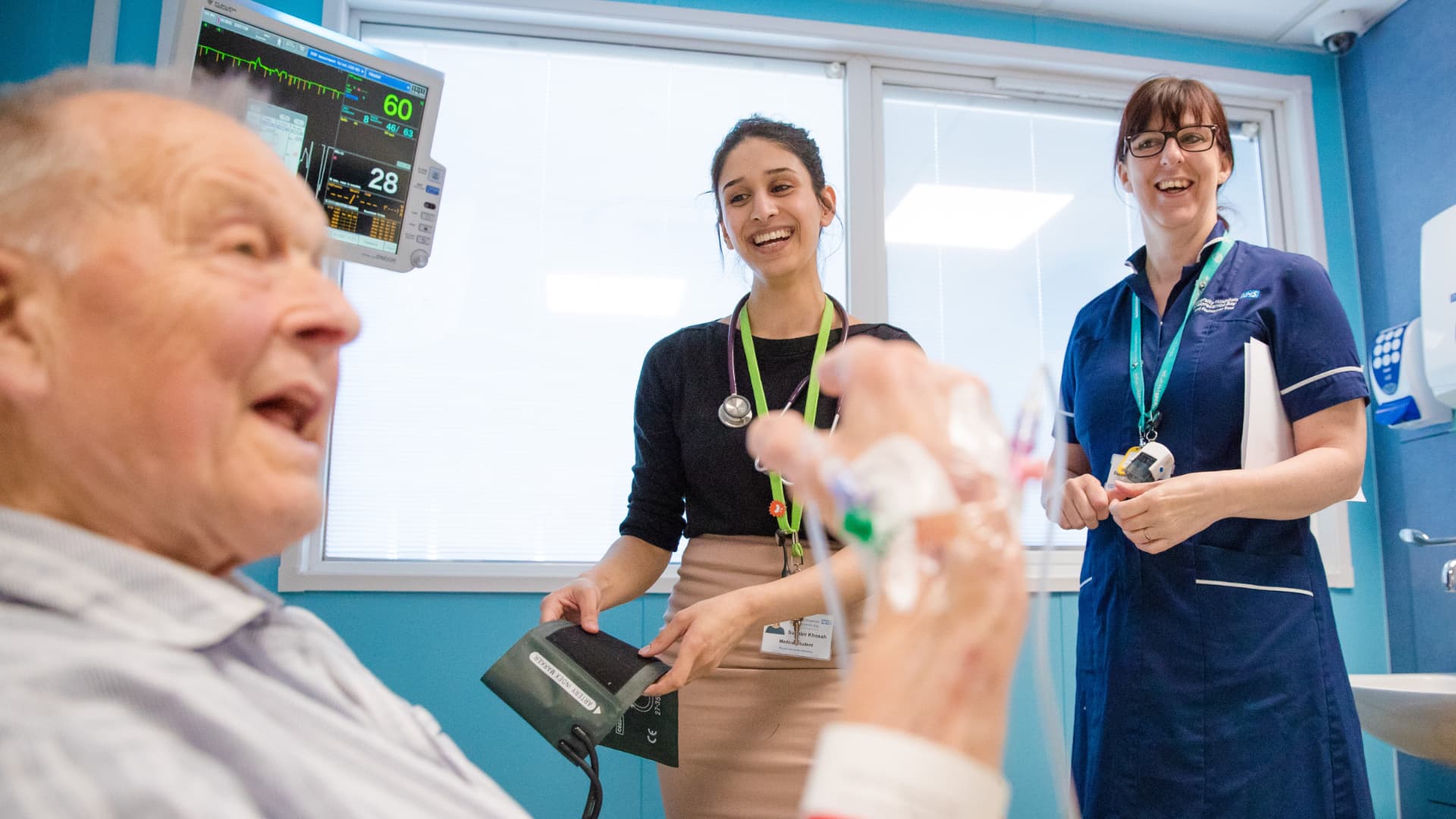
Whole System Flow Programme (David Worthington, Management Science)
The recently funded project aims to address rising patient waiting times and attendance rates at the Royal Lancaster Infirmary's Emergency Department (ED). In response to increasing pressures on urgent and emergency care due to an ageing population and post-COVID complexities, the project will analyse patient data to identify trends and improve service efficiency. Collaborating with the University Hospitals of Morecambe Bay Trust (UHMBT) and the Whole System Flow Programme (WSFP), the project will focus on understanding frequent attenders, enhancing patient pathways, and exploring digital solutions to alleviate ED pressures. The goal is to develop interventions that reduce re-attendance rates and improve patient care, with potential benefits extending to other NHS trusts facing similar challenges.
IonStash (Abbie Trewin, Chemistry)
IonStash aims to advance the commercial potential of newly discovered porous carbon materials, known as Organically Synthesised Porous Carbons (OSPCs), particularly OSPC-1. These materials have shown exceptional performance as anodes in lithium-ion batteries, with the ability to store significantly more lithium compared to traditional graphite electrodes and to charge rapidly without degradation. Led by Professor Abbie Trewin and supported by Dr Gene Lewis and Suzanne van Tienen, the project focuses on scaling up the synthesis of OSPC-1 from the lab to a larger scale, with the goal of producing pouch cells for further testing. The team, which includes industry partner The Centre for Process Innovation (CPI), will assess market opportunities and explore commercial viability. This collaboration is set to leverage CPI's expertise in battery technology and scale-up processes, aiming to establish a spin-out company and drive innovation in energy storage solutions.


Effectiveness of virtual reality technology (VRT) in symptom management for palliative patients during transportation within the pre-hospital ambulance setting
A new project aims to assess the effectiveness of virtual reality technology (VRT) in managing symptoms for palliative care patients during ambulance transport. The initiative, led in collaboration with Yorkshire Ambulance Service and the International Observatory on End of Life Care, seeks to explore whether VRT can alleviate symptoms such as anxiety, pain, and shortness of breath in patients at the end of life. The project will pilot VRT headsets, including Meta-Quest 3, to provide relaxation and distraction scenarios. Initial testing will involve volunteers and patients, with feedback used to refine the approach and guide future, larger-scale studies. This effort could significantly improve end-of-life care and inform broader implementation strategies.
End of Renewable Asset Life Decisions II (Ana Costa, School of Architecture)
The "End of Renewable Asset Life Decisions II" (ERALD-II) project seeks to develop a comprehensive roadmap for managing the end-of-life phase of renewable energy assets. As first-generation renewable technologies approach their end of life, they often end up in landfills, revealing a critical need for better decommissioning and circular economy practices. This project, in collaboration with Bluefield Renewables, aims to bridge this knowledge gap by examining current practices and integrating technological, economic, environmental, and governance factors. Key objectives include conducting a literature review, gathering insights from industry practitioners, mapping decision-making processes, and creating a strategic roadmap for future research and innovation. The findings will guide the renewable sector toward more sustainable asset management, reinforcing Lancaster University's role as a leader in circular economy research and supporting Bluefield in advancing industry standards.


Superlattice Imaging Array Prototype Acceleration (SIAPA) project (Andrew Marshall, Physics)
Leonardo UK and Dr Marshall’s team are advancing their collaboration on superlattice infrared (IR) detectors with the Superlattice Imaging Array Prototype Acceleration (SIAPA) project.
This initiative builds on previous successes and aims to overcome technical challenges in prototype IR imaging arrays, focusing on enhancing quantum efficiency.
Leonardo UK will invest over £100k of in-kind expertise in wafer processing and electro-optical testing, with the Lancaster research team handling semiconductor development and fabrication.
The project’s advancements could significantly improve IR detectors, leading to more affordable, high-performance sensors for health monitoring, environmental sustainability, and space applications. This could revolutionize these fields by enabling rapid, accurate measurements and broadening the market for advanced IR technology.
Additionally, the project aims to establish a UK-based supply chain for superlattice technology, boosting national innovation and securing a competitive edge in this growing sector.
Quantum-ring single-photon light-emitting diodes (Manus Hayne, Physics)
A new project is set to advance the development of quantum-ring single-photon light-emitting diodes (QR-SPLEDs), a promising technology for secure quantum communication. These QR-SPLEDs aim to deliver a compact, cost-effective, and room-temperature solution for generating single photons, essential for quantum key distribution (QKD). Unlike current bulky and expensive single-photon sources, QR-SPLEDs are designed to be integrated into standard electronic systems, potentially revolutionizing data security and communication.
The project involves collaboration with leading experts and organizations, including IQE, the top compound semiconductor foundry; Warwick University, known for its electron microscopy expertise; TU Berlin, which will model the QR-SPLEDs; and CSIC Instituto de Microelectrónica de Madrid, focusing on single-photon detection. By leveraging these partners' resources and knowledge, the project aims to develop QR-SPLEDs that are not only practical but also scalable, offering significant improvements in the efficiency and cost of quantum communication technologies.


